The moon is one of the most dominant and striking images in the later work of Paterson Ewen (1925–2002), and Gibbous Moon is one of his best-known iterations. The dimpled and gouged surface shifts from reddish orange to yellow, the occasional grey patches represent the lunar mares. Details appear as scarring on the moon’s surface, much as Ewen had been marked by the constant struggles with his mental health. However, the orange colour and minimal gouging in Gibbous Moon signal it as a very positive representation of the moon; orange was Ewen’s favourite colour and he considered it the most sensual one.
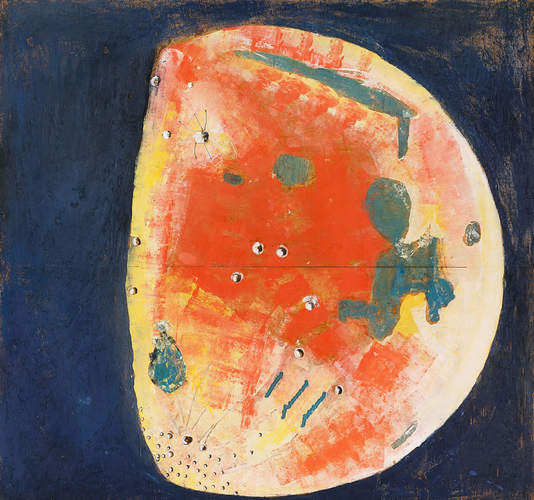
Paterson Ewen, Gibbous Moon, 1980
Acrylic on plywood, 228.6 x 243.8 cm, National Gallery of Canada, Ottawa
Of all the celestial objects, Ewen identified most closely with the moon. The many phases and types he painted—full, gibbous, half, and crescent; harvest moons; daytime moons; lunar eclipses—represent different sides of Ewen’s personality. He often portrays the moon as an awkward isolated orb, mostly at night but occasionally during the day. In other words, just as the sun illuminates the moon but rarely shares the sky with it, society sustained Ewen but he was never comfortable in it. Only on rare occasions does the moon eclipse the sun, just as the artist could overcome his alienation momentarily but never permanently.
This Spotlight is excerpted from Paterson Ewen: Life & Work by John G. Hatch.
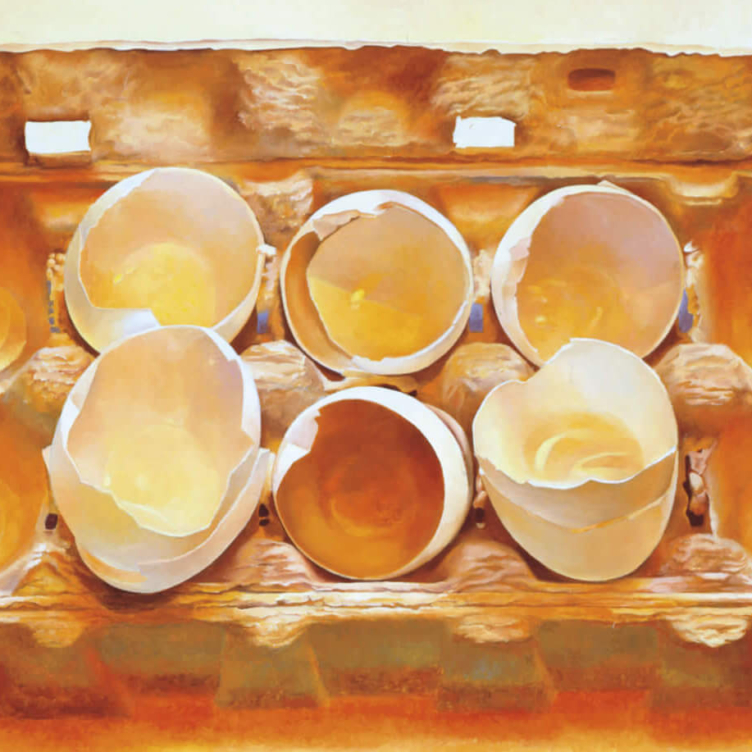 The Weight of Absence
The Weight of Absence
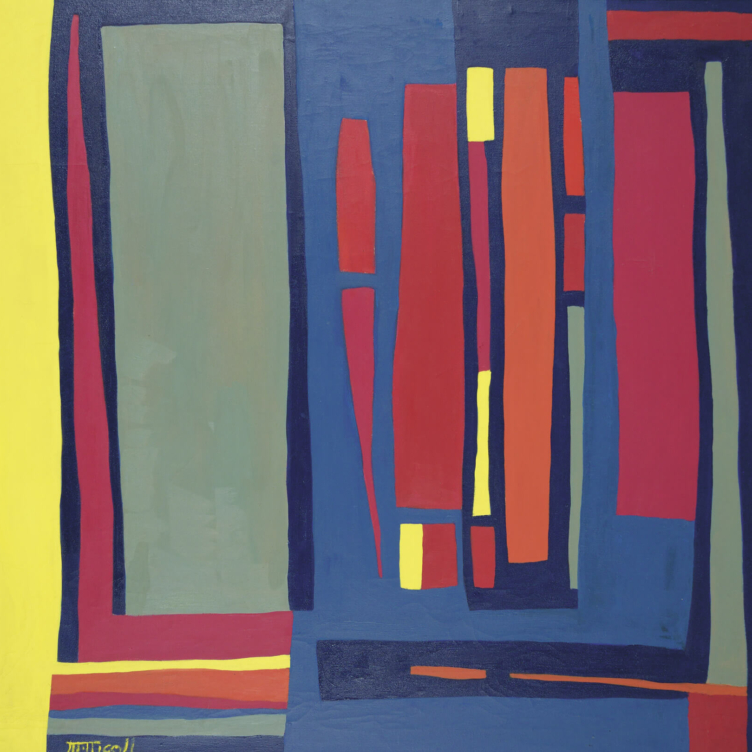 Abstract Alberta
Abstract Alberta
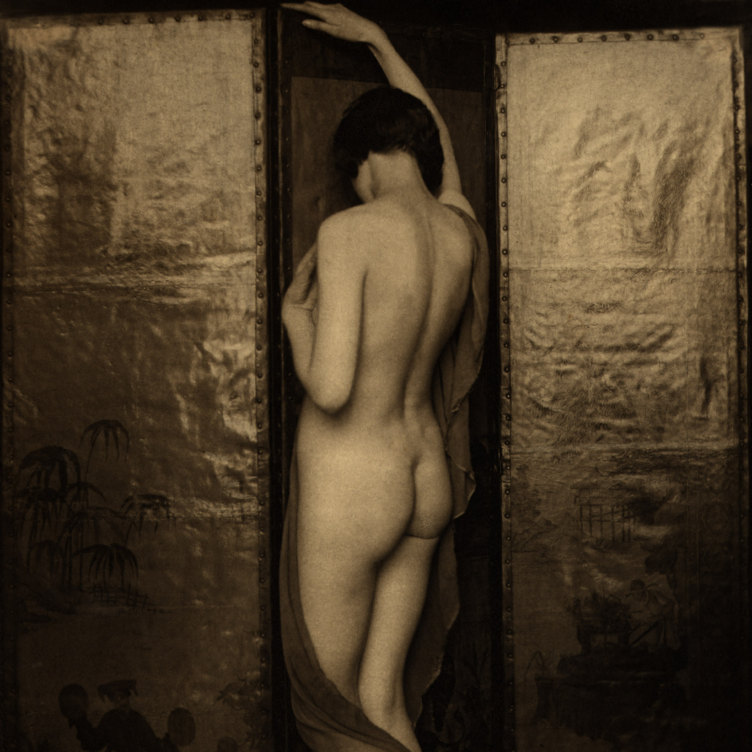 The Art of the Body
The Art of the Body
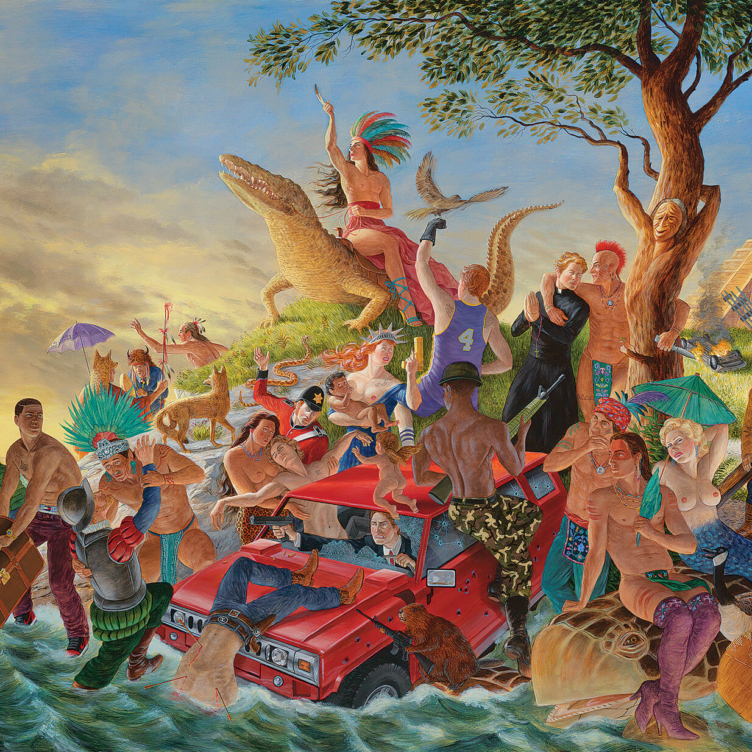 Rococo Riff
Rococo Riff
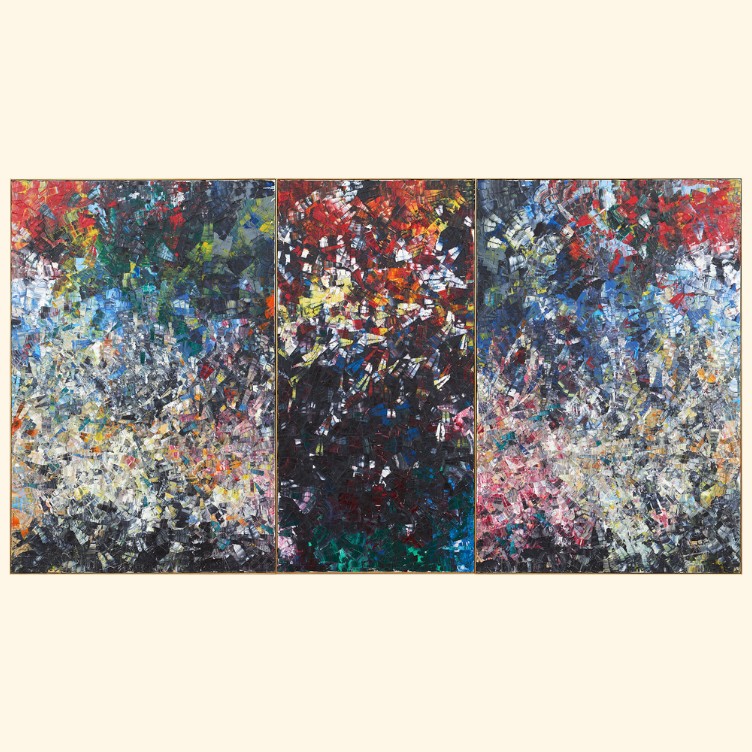 In Memory of Monet
In Memory of Monet
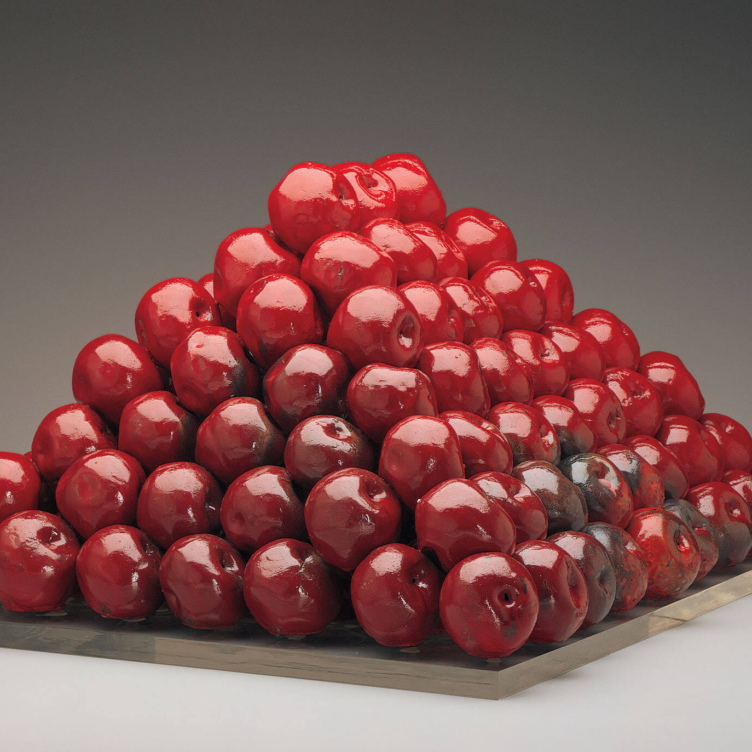 Pyramid Scheme
Pyramid Scheme
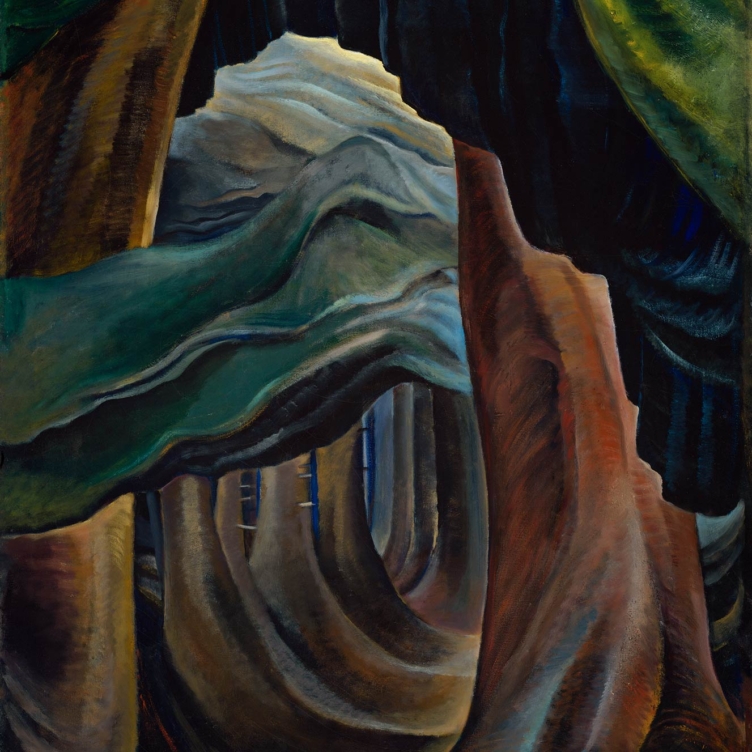 Transportive Trunks
Transportive Trunks
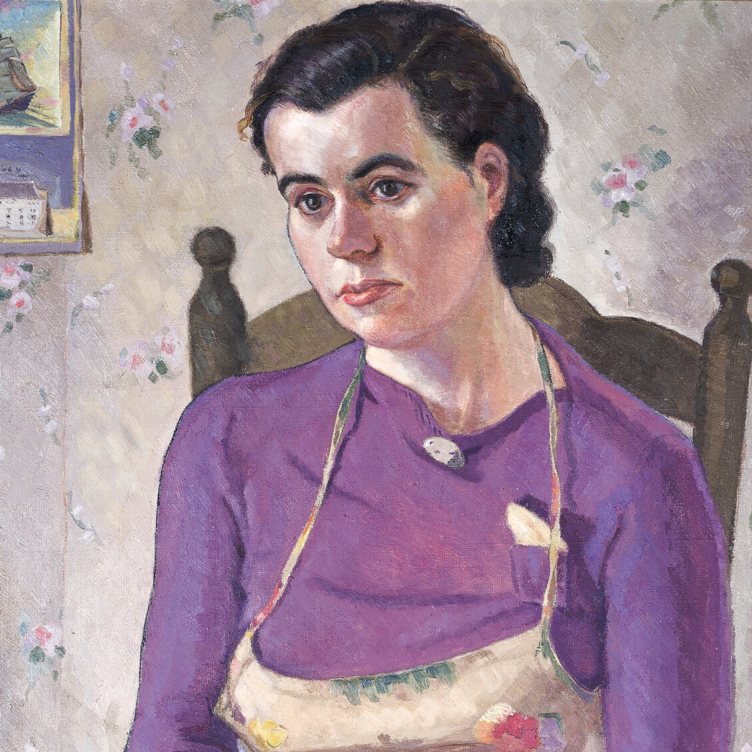 The Military Mate
The Military Mate
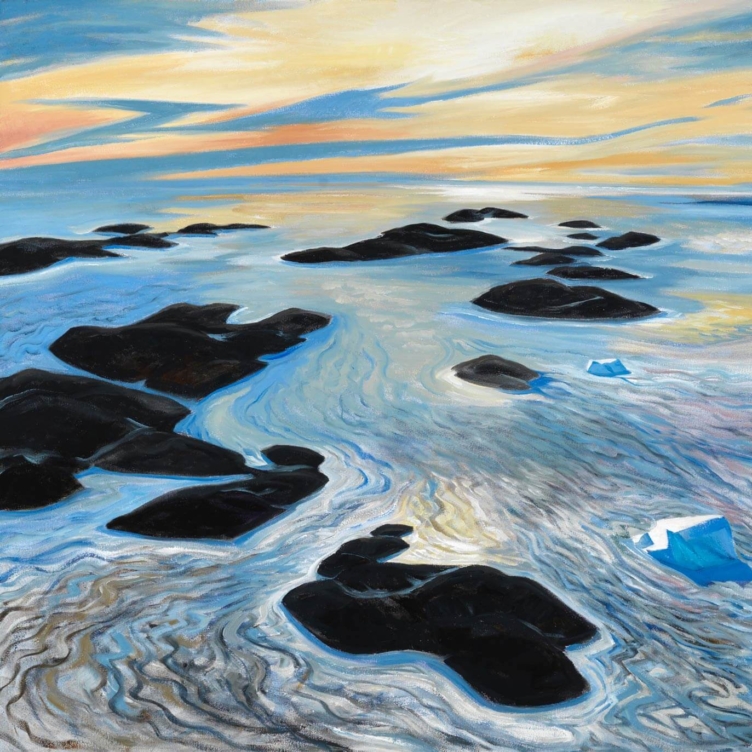 Looking Up on the World
Looking Up on the World
 Vessel of Despair
Vessel of Despair
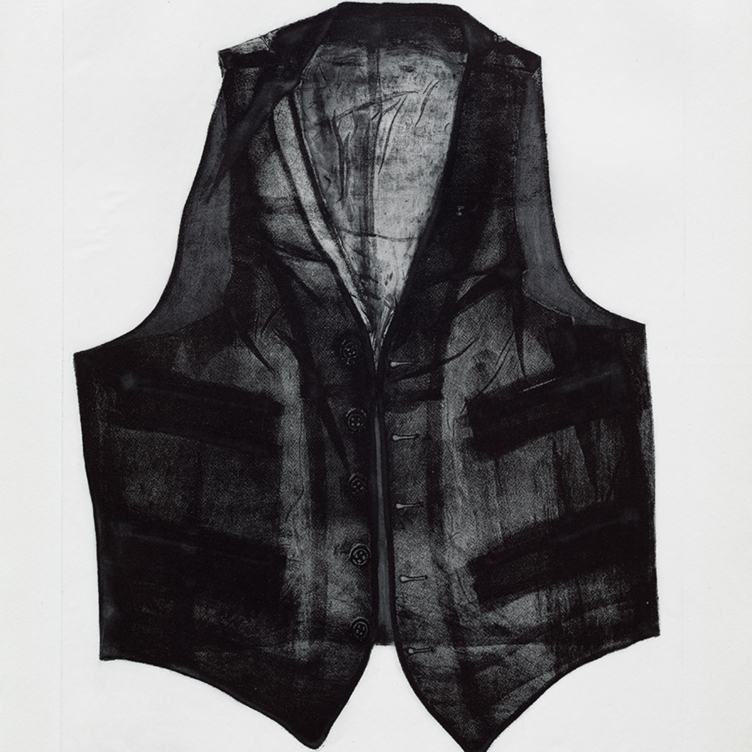 Layers of Meaning
Layers of Meaning
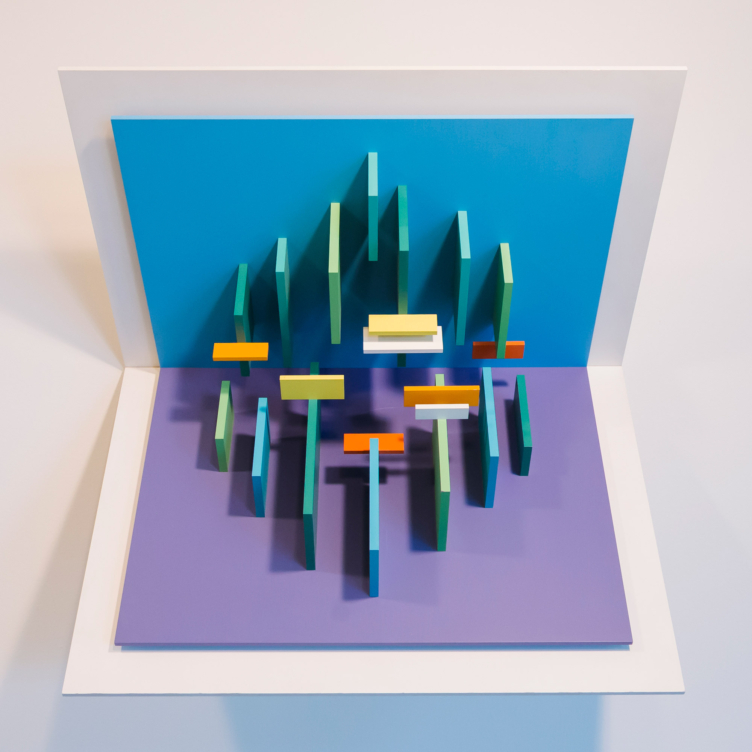 In Parallel to Nature
In Parallel to Nature
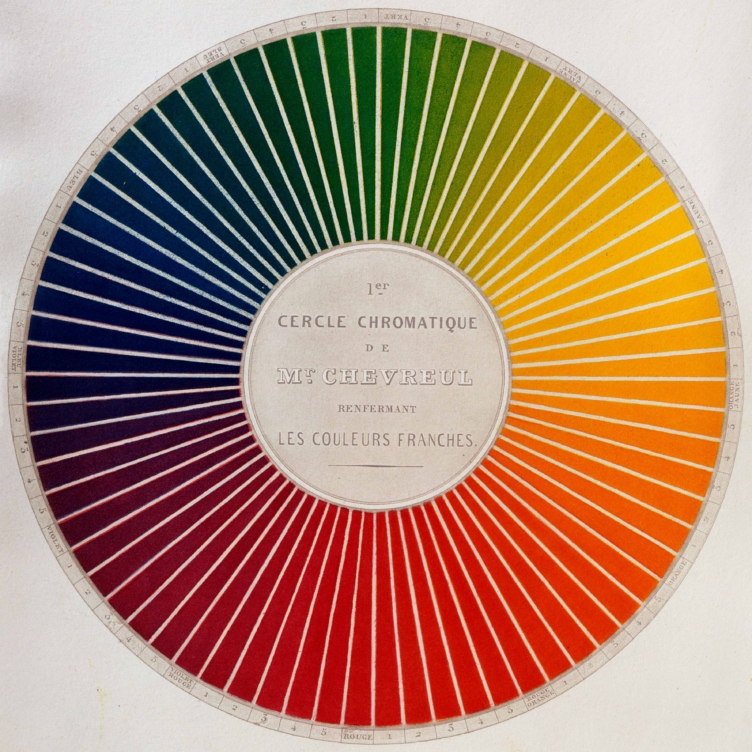 Wheel of Fortune
Wheel of Fortune
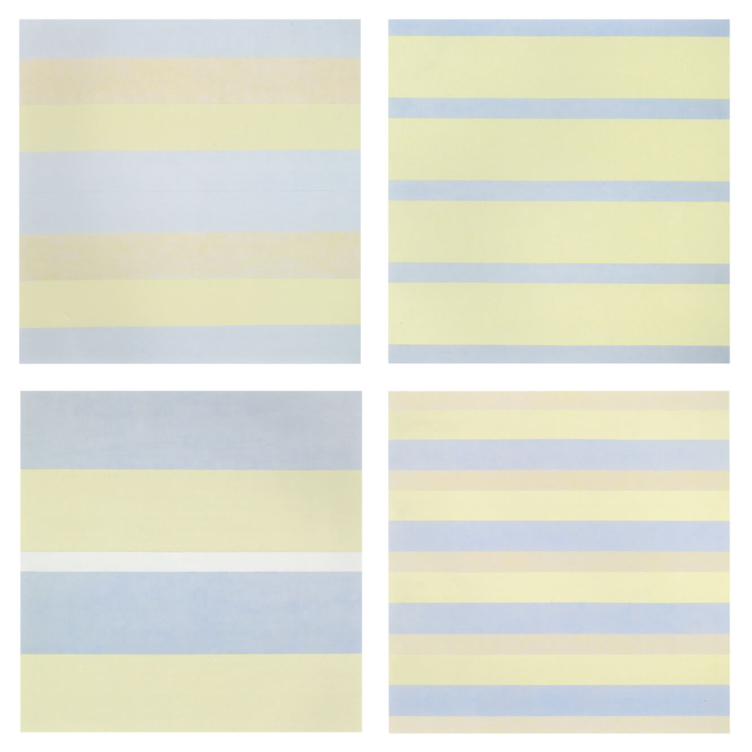 Paintings after emotional states
Paintings after emotional states
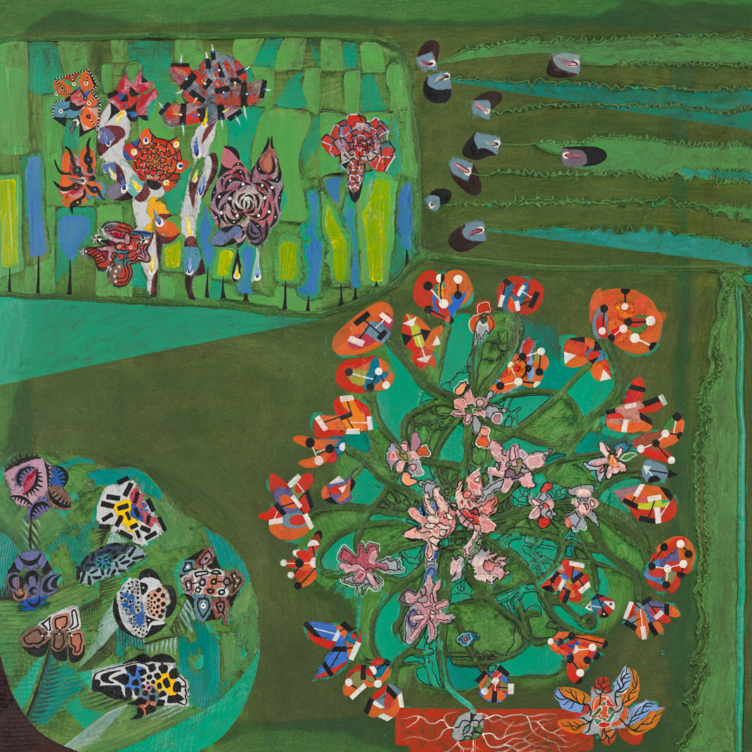 Garden of Delight
Garden of Delight
 Stitching the Archives
Stitching the Archives
 A Working-Class Hero
A Working-Class Hero
 Imagining Entangled Futures
Imagining Entangled Futures
 Bridging Far and Near
Bridging Far and Near
 Soft Power
Soft Power